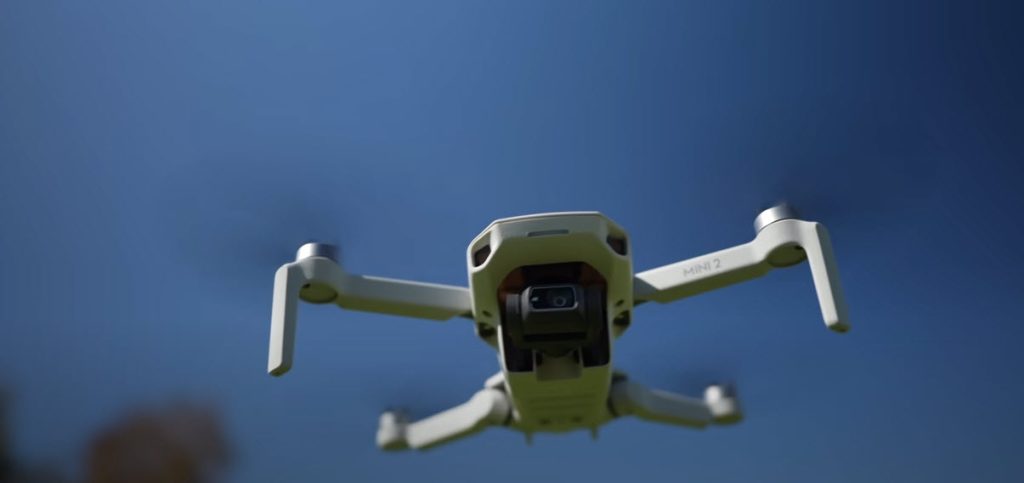
The DJI Air 2S does not have a dynamic Return to Home (RTH) feature. The RTH feature on the DJI Air 2S is designed to return the drone to its original takeoff point or a preset home point. The RTH feature helps ensure the safe return of the drone in case of low battery or loss of signal between the drone and the remote controller.
Does the Air 2s Have Dynamic RTH?
The DJI Air 2S does not have a built-in dynamic Return-to-Home (RTH) feature. The RTH feature on the DJI Air 2S returns the drone to its original takeoff point, rather than the controller position. However, it seems that third-party apps like Maven and Litchi may offer dynamic home point capabilities, which could provide a similar function.
Return-to-Home (RTH) is a crucial feature in drones that allows them to automatically fly back to their takeoff location or a designated home point.
It provides a safety net in case of signal loss, low battery, or manual activation.
But we usually asked Does the DJI Air 2s have dynamic RTH?
We will explore the concept of dynamic RTH and examine the specific capabilities of the DJI Air 2s in terms of return-to-home functionality.
Understanding Dynamic RTH:
Dynamic RTH refers to a return-to-home feature that enables a drone to fly back to the remote controller’s position, rather than the initial takeoff point.
This can be particularly useful in scenarios where the operator is mobile, such as flying from a moving boat or vehicle.
By using dynamic RTH, the drone adjusts its flight path to compensate for the movement of the remote controller, ensuring a safe return even in dynamic environments.
DJI Air 2s and RTH Capabilities
The DJI Air 2s is a feature-rich drone equipped with advanced technologies.
While it offers an array of intelligent flight modes and safety features, including return-to-home functionality, it does not have a dedicated dynamic RTH feature.
The DJI Air 2s primarily relies on the standard RTH mode, where it returns to the initial takeoff point.
Standard RTH Mode of DJI Air 2s
When activating RTH on the DJI Air 2s, the drone automatically ascends to a predetermined altitude to avoid obstacles and then navigates back to the takeoff location.
It utilizes GPS positioning to ensure accurate navigation and typically lands near the spot from which it took off.
It’s important to note that the DJI Air 2s does not have the ability to track the movement of the remote controller during RTH.
Alternative Solutions for Dynamic RTH-like Functionality
While the DJI Air 2s does not have a dedicated dynamic RTH feature, there are alternative solutions to achieve a similar effect:
- Manual Control: Pilots can manually adjust the drone’s flight path during the RTH process to compensate for the movement of the remote controller. This requires constant monitoring and control input from the operator.
- Home Point Reset: By manually resetting the home point on the DJI Fly app or controller, pilots can update the RTH destination to their current location. This allows the drone to return to the new home point, which can be the remote controller’s position.
- Active Track: The DJI Air 2s features Active Track, a mode that allows the drone to automatically track and follow a subject. While it is not designed specifically for RTH, the Active Track mode can be utilized in dynamic scenarios by selecting the remote controller as the tracking subject. This way, the drone can continuously follow the controller’s movement until the RTH is initiated.
Conclusion
Although the DJI Air 2s does not have a dedicated dynamic RTH feature, it offers alternative solutions to address the need for adjusting the return-to-home destination.
By utilizing manual control, home point reset, or the Active Track mode, pilots can achieve similar results in dynamic environments.
However, it’s important to consider the limitations and ensure safe operation when utilizing these workarounds.
